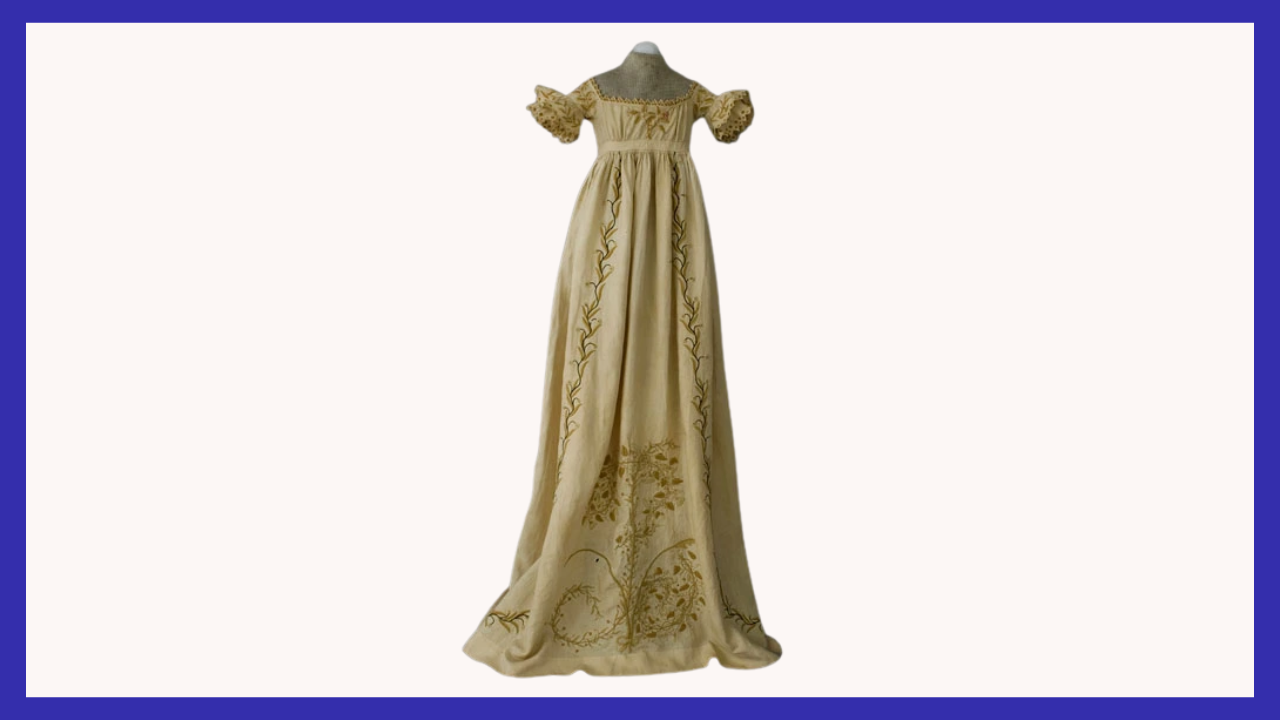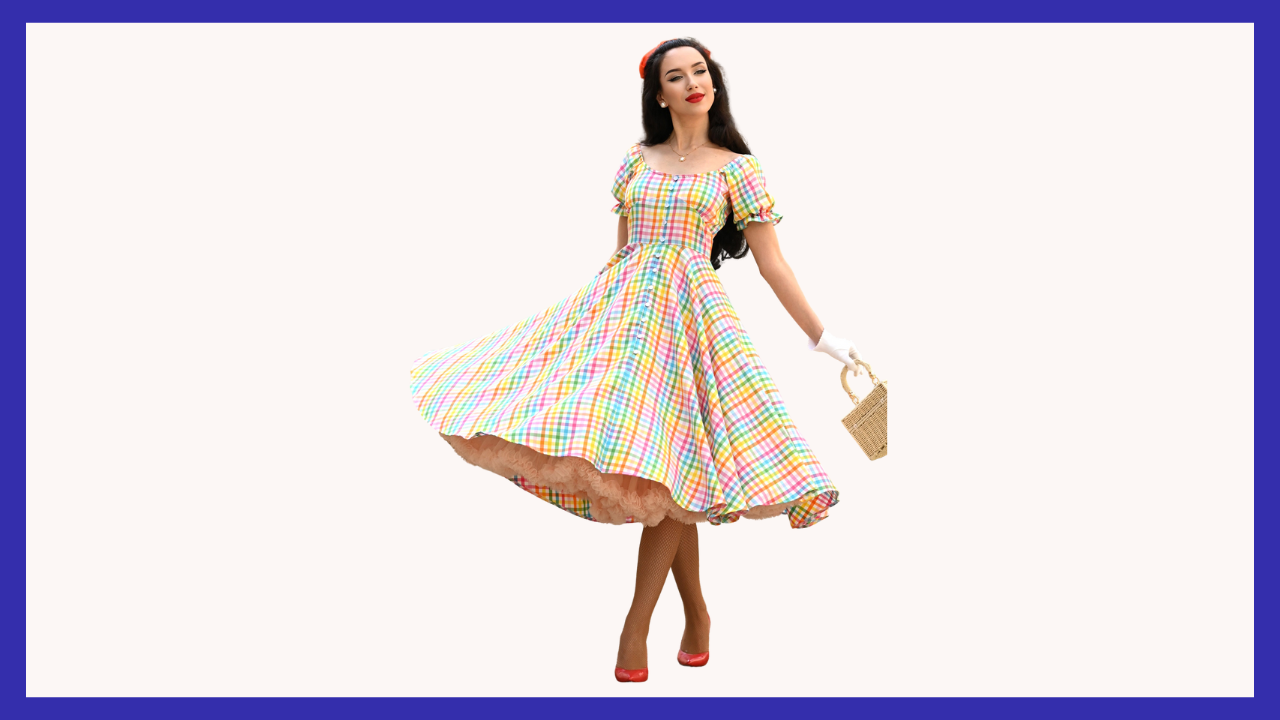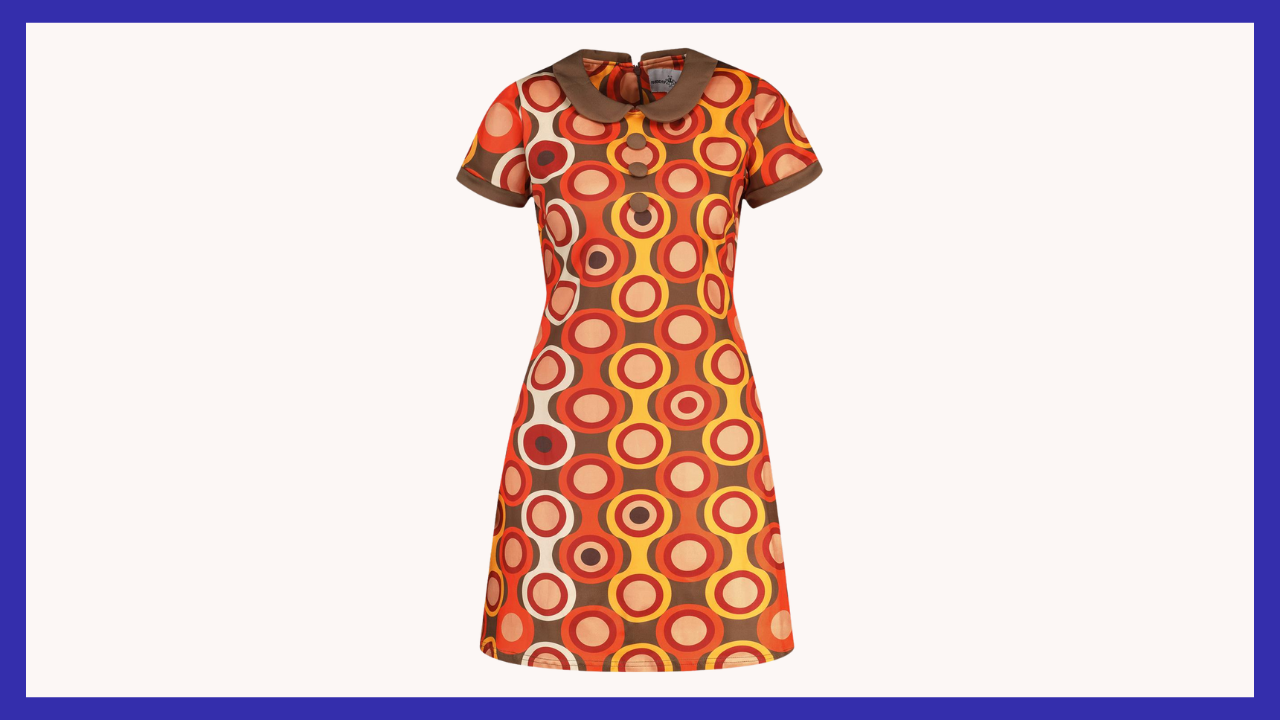AllVintageStyles
The Ultimate Vintage Fashion Encyclopedia
Regency Dress

High-waisted dress with flowing silhouette inspired by ancient Greek and Roman aesthetics, epitomizing early 19th century fashion revolution and neoclassical elegance.
Quick Facts
- Era: 1810s (peak popularity 1795-1825)
- Origin: Britain/France (Regency period and Empire fashion movement)
- Garment Type: Historical dress with neoclassical construction principles
- Key Identifiers: Empire waistline under bust, flowing silhouette, lightweight fabrics, simple construction
- Typical Resale Price: $800-$5000 (authentic vintage pieces)
- Best For: Historical costume collectors, museum-quality fashion enthusiasts, Regency period advocates
History & Evolution
Regency dresses emerged during the late 18th century fashion revolution when designers rejected elaborate Rococo styles in favor of simple, neoclassical aesthetics inspired by ancient Greek and Roman clothing. The style represented Enlightenment ideals and democratic values, emphasizing natural beauty over artificial enhancement through simplified construction and flowing silhouettes. Early versions featured high empire waistlines that created columnar silhouettes while allowing comfortable movement and natural body expression.
The Regency period (1811-1820) established empire waist dresses as essential fashion when English society embraced classical aesthetics and moral virtue through clothing choices that rejected aristocratic excess. The style became associated with intellectual sophistication, natural beauty, and democratic ideals, appealing to fashionable women seeking clothing that reflected Enlightenment values and classical education. Jane Austen's novels documented the era when these dresses represented social refinement and cultural sophistication.
The 1820s saw Regency styling gradually evolve toward Victorian complexity while maintaining essential empire waist principles in formal and semi-formal contexts. The style influenced fashion throughout the 19th century and experienced periodic revivals during subsequent centuries. Contemporary fashion occasionally references Regency elements, but authentic period pieces represent extraordinary historical artifacts with superior hand-construction quality and cultural significance that modern reproductions cannot replicate without museum-level expertise and materials.
Authentication Tips
Authentic 1810s-1820s Features:
- Hand-sewn construction with silk or linen thread using period-appropriate tailoring techniques
- Natural fiber fabrics including muslin, silk, fine cotton, or linen with authentic period weave characteristics
- Empire waistline positioned just below bust with proper neoclassical proportions
- Simple construction without modern shaping elements like darts or complex seaming
- Period-appropriate closures including drawstring ties, simple buttons, or hand-sewn fastenings
Common Reproductions/Modern Pieces:
- Machine construction with synthetic threads inappropriate for authentic period dressmaking
- Modern synthetic fabrics or contemporary weaves not available during Regency production
- Incorrect waistline placement lacking authentic empire positioning and neoclassical proportions
- Complex modern construction techniques contradicting period simplicity and classical aesthetics
- Contemporary closures like zippers or modern hardware not available during early 19th century
Styling & Use Cases
- Best for historical collectors: Display as museum-quality examples of early 19th century fashion and neoclassical aesthetic principles
- Ideal for period events: Wear for Regency dance events, Jane Austen celebrations, and educational historical presentations
- Perfect for costume historians: Study as documentation of fashion revolution and transition from 18th to 19th century aesthetics
Modern styling tips:
- Treat as precious historical artifact requiring careful handling and appropriate conservation storage
- Focus on period-accurate accessories including proper undergarments, shoes, and hair styling for authentic presentation
- Consider professional conservation consultation for valuable pieces due to age and historical significance
FAQ
Q: How can I tell if a Regency dress is authentic early 19th century construction?
A: Check for hand-sewn construction with silk or linen thread, natural fiber fabrics with period-appropriate weave, empire waistline positioned just below bust, simple construction without modern elements, and period-appropriate closures like ties or simple buttons.
Q: What's the typical price range for vintage Regency dresses?
A: Authentic Regency dresses range from $800-5000 depending on condition, provenance, and museum quality. Documented pieces or those with exceptional preservation command premium prices among historical fashion and museum collectors.
Q: How should I care for a vintage Regency dress?
A: Professional textile conservation is essential due to extreme age and historical value, store in archival conditions with acid-free materials, handle minimally to prevent deterioration, and consult conservation specialists for any cleaning or preservation needs.
Q: What makes vintage Regency dresses valuable to collectors?
A: Extreme historical significance representing early 19th century fashion revolution and neoclassical aesthetic movement, superior hand-sewn construction reflecting authentic period dressmaking techniques, cultural documentation of Enlightenment values and democratic ideals through clothing, and extraordinary rarity due to age and delicate fabric preservation challenges from two-century-old garments.
📷: Jane Austen's World



